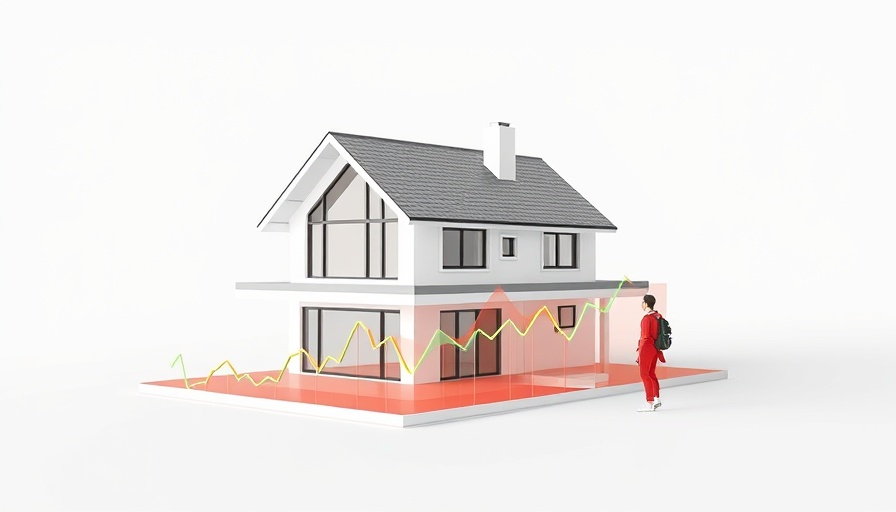
Southern California Housing Market Shifts: What Does It Mean?
The Southern California housing market is experiencing a notable shift as home price growth slows significantly. In March 2025, the average home price across the six-county region crept up just 0.38% from the previous month, settling at $875,908. This minimal increase marks a stark contrast to the robust gains seen during the pandemic, pushing many to question: whose market is it now?
Understanding the Current Market Dynamics
Experts believe a mix of high mortgage rates, increased housing inventory, and rising economic uncertainty is behind this trend. With home prices up only 1.9% over the last 12 months, we see the smallest annual gain since August 2023. Orphe Divounguy, a senior economist with Zillow, has stated, “The housing market is no longer a seller’s market.” Factors contributing to this deceleration include more homeowners listing their properties, a decision influenced by the belief that high mortgage rates are here to stay.
Effects of Economic Conditions on Housing Demand
Mortgage rates in the high-6% range are restricting what buyers can afford, as pointed out by Richard Green, director of the USC Lusk Center for Real Estate. The drastic increase in rates compared with the COVID-19 pandemic, where rates were significantly lower, means potential buyers face considerable limitations. Moreover, weak job growth in Los Angeles County further disrupts demand, as buyers grapple with financial insecurity.
Trade Wars and Consumer Confidence: The Bigger Picture
Trade wars have also left their mark on consumer confidence. Reports indicate that uncertainty surrounding tariffs imposed during the latest presidential administration has made Americans wary of their economic futures. As a result, many prospective buyers are hesitating, leading to homes sitting on the market longer than they previously did. Real estate agent Mark Schlosser reports that while buyers haven’t ceased their search entirely, they are more cautious and deliberative about decisions as they await clearer economic signals.
Future Predictions: What Lies Ahead
While there is speculation regarding the trajectory of the economy, Zillow’s forecast suggests that if current trends continue, home prices in the L.A.-Orange County metro area could decline by 2.4% by March 2026, primarily due to rising inventory levels. Green warns, “If we have serious tariffs, the economy is going to be really bad,” indicating that ongoing uncertainties pose a tangible risk to the local housing market.
Why Homeowners and Potential Buyers Should Care
Understanding the dynamics of the current housing market is crucial for both homeowners and potential buyers in California. The slowing price growth signals a shift towards a market that favors buyers, as greater inventory combined with economic uncertainty leads to more opportunities for negotiation. Homeowners who may have been considering selling should now evaluate the best timing for their properties within this evolving landscape.
The Emotional Aspect: Buyers' Perspectives in Uncertain Times
The emotional toll of navigating the housing market amid economic uncertainty can't be understated. Buyers may feel overwhelmed by fluctuating prices and rising costs, while current homeowners grapple with the decision to sell in what seems to be an increasingly buyer-friendly market. Creating a plan that aligns with both emotional readiness and market conditions is vital during these turbulent times, emphasizing the importance of being informed and proactive.
Conclusion: Actionable Steps for Today's Buyers and Sellers
For both current homeowners considering a sale and potential buyers, staying informed about market conditions is essential. Engaging with real estate professionals who understand the nuances of the current market can provide valuable insights to help navigate these changes. Whether you're planning your next move or simply evaluating options, the evolving landscape of Southern California's housing market presents unique opportunities and challenges.
 Add Row
Add Row  Add
Add 




Write A Comment